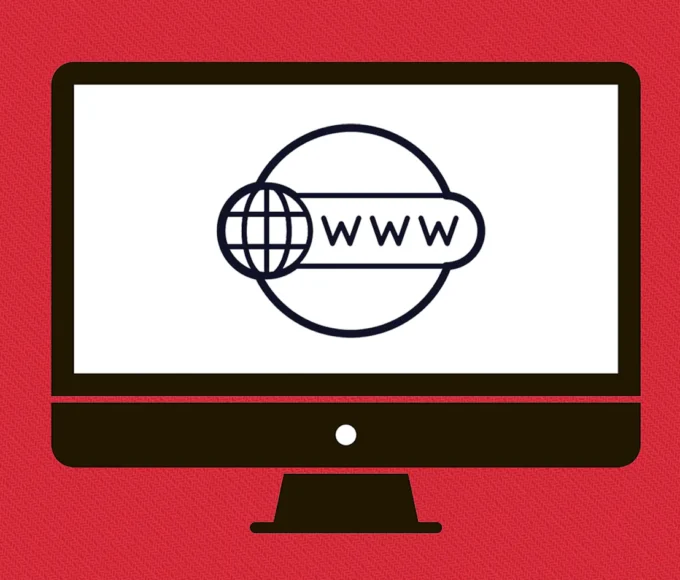Nepal has directed internet providers to restrict access to 26 social media platforms, including Facebook, Instagram, YouTube, and X, after multiple warnings to register locally went unheeded—a move that has ignited criticism from press freedom groups and raised censorship concerns across the region.
Officials say the registration mandate is designed to bolster accountability, curb misinformation, and ensure platforms have a local contact point, but rights advocates argue the blanket blocks are overbroad and risk chilling lawful speech, compounding a trend of restrictive digital policies in the country over the past year.
What Nepal ordered and why
On Thursday, Nepal’s Ministry of Communication and Information Technology instructed the Nepal Telecommunications Authority to tell ISPs to block access to 26 platforms that failed to register within seven days of an August 25 directive, following a meeting of government and regulatory officials earlier in the day.
Authorities maintain they repeatedly urged large platforms to list locally, appoint grievance and self‑regulation officers, and establish a contact person, framing the step as an implementation detail aligned with recent court guidance to counter online harms like misinformation and identity abuse.
Which platforms are affected
The list of affected services spans major networks and communications apps—Discord, Facebook, Instagram, Messenger, Reddit, Snapchat, WeChat, YouTube, and X among them—reflecting Nepal’s intent to enforce the registration rule across both social feeds and messaging ecosystems rather than targeting one company or feature set.
Notably, TikTok and Viber are not covered by this order because they have completed registration, with authorities saying access can be restored for others once they list in the country and comply with the procedural requirements.
The legal backdrop and policy context
Weeks before the ban, Nepal’s Supreme Court upheld the local registration requirement, saying platforms should be registered and subject to monitoring and supervision by a competent authority; the ruling’s full text emphasizes platform responsibility but does not explicitly command blanket shutdowns for noncompliance, leaving the government to “make appropriate legal arrangements” within existing law.
This sequence—court validation of registration, followed by executive enforcement through network blocks—illustrates how administrative measures can escalate quickly when compliance windows expire, even as civil society urges narrower tools like targeted takedowns and clear, appealable due‑process pathways.
Free expression and access concerns
Media advocacy groups, including the Committee to Protect Journalists and the Federation of Nepali Journalists, warned that cutting off entire platforms will hinder reporting, restrict access to information, and undermine press freedom, especially in a country where social media has become a central channel for news, business outreach, and community life.
Access Now’s Asia‑Pacific policy lead compared the approach to elements of the Great Firewall model, cautioning that broad blocking orders invite over‑removal and pressure companies to take down lawful content, while also eroding transparency and checks on executive power in the online sphere.
Who uses what in Nepal
Nepal’s internet penetration surpasses 90%, and among social media users, Facebook accounts for an estimated 87% share, followed by X at 6% and YouTube at 5%, underscoring how any disruption—however temporary—has outsized effects on daily communication, economic activity, and the information ecosystem.
When a dominant service is switched off at the network layer, it functions less like a moderation decision and more like a power outage for large segments of the public square, particularly for businesses and diaspora families that depend on these platforms for customer contact and cross‑border communication.
Government stance and next steps
Communications Minister Prithvi Subba Gurung said platforms had ample time to comply and that repeated notices—including to Meta—went unanswered; the government has stated access will be restored promptly once a platform registers and appoints the required local points of contact.
Meta, Google, and Snap did not immediately comment, and it may take days to see whether blocks are uniformly implemented across providers and whether major services seek rapid registration to re‑enter the market given their large user bases in Nepal.
What this means for platforms and users
Practically, the order raises the bar for operating in Nepal: each platform must maintain a local compliance footprint—a bit like requiring a storefront license and a customer‑service desk—so authorities can route grievances and enforcement actions domestically without relying solely on foreign points of contact.
For users and publishers, the uncertainty highlights the importance of redundancy—mirroring audience channels across websites, email lists, and multiple networks—so that a single policy shift or connectivity block does not sever access to key communities and customers overnight.














Leave a comment